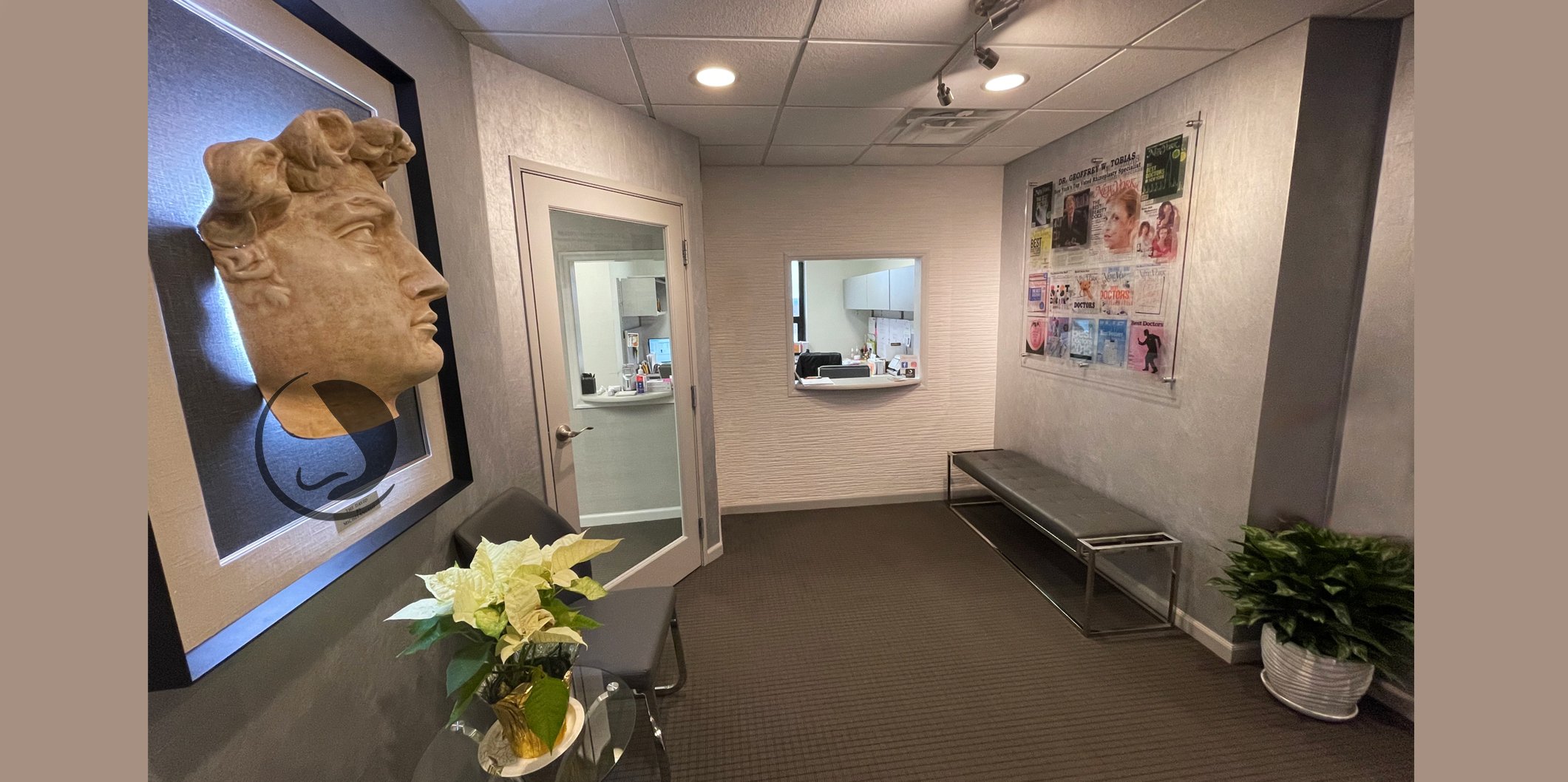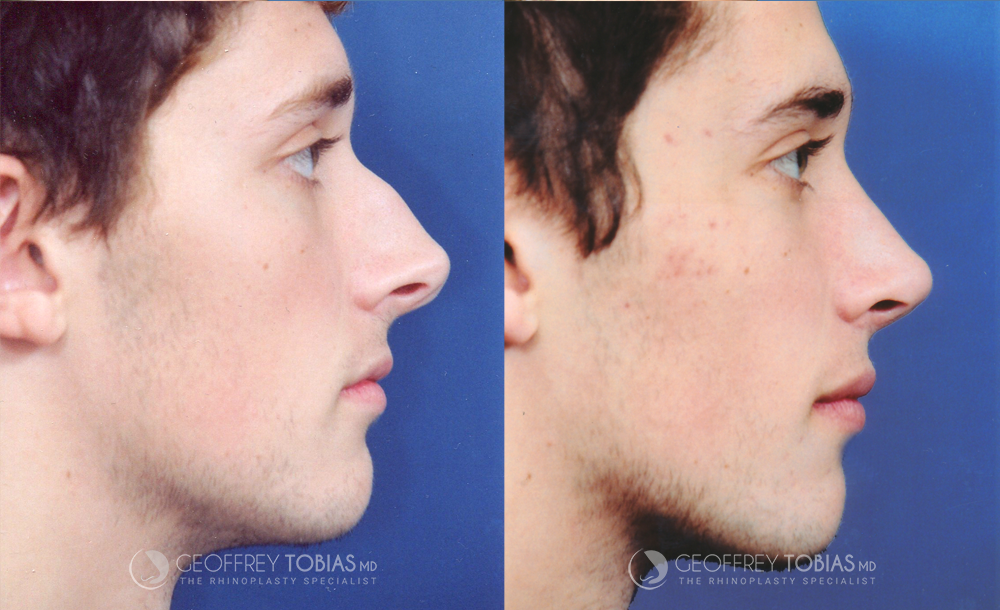Closed Rhinoplasty New Jersey
Meet Dr. Tobias
Geoffrey W. Tobias, M.D. is a globally known specialist in closed rhinoplasty based in Englewood Cliffs, New Jersey. He is both an attending surgeon and instructor at Mt. Sinai Hospital and School of Medicine in New York City and the associate chief of head and neck surgery at Englewood Hospital in New Jersey.
Hate Your Nose?
Consider Dr. Tobias’ revolutionary closed rhinoplasty technique. Dr. Tobias has been mentioned as one of the top rhinoplasty surgeons by New York Magazine, has performed over 10,000 closed rhinoplasty procedures, and is known for his exclusive closed rhinoplasty technique.
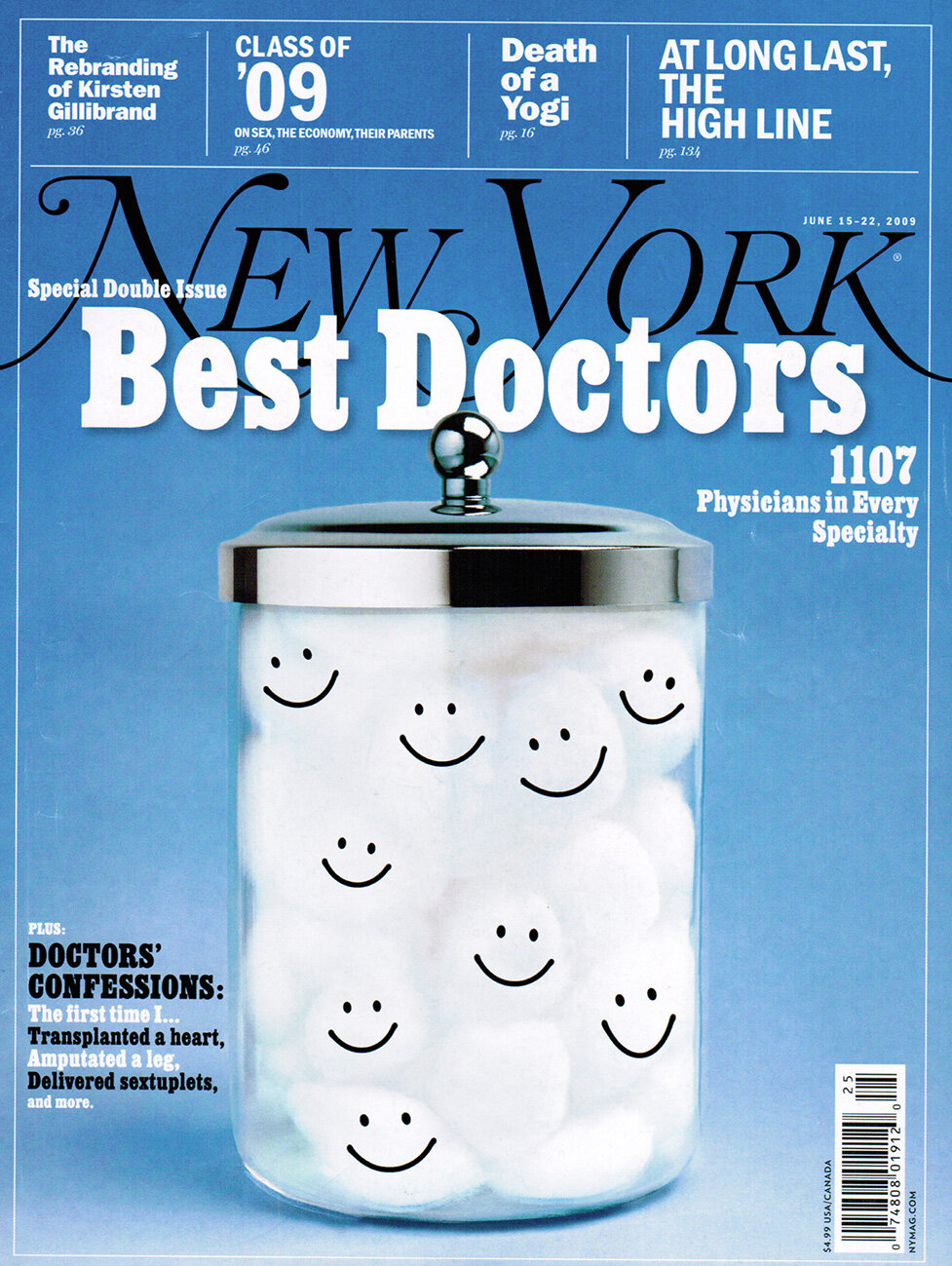
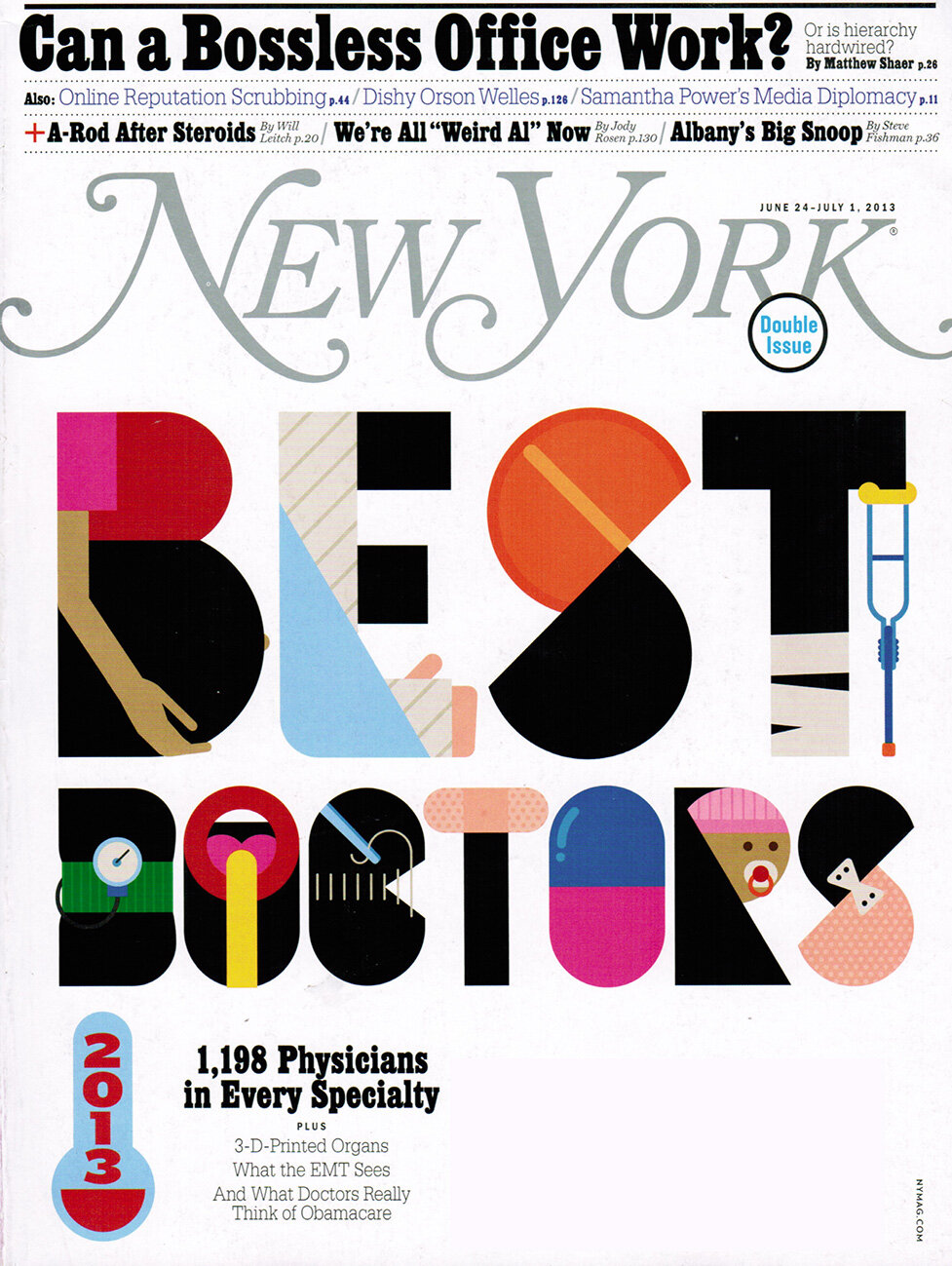

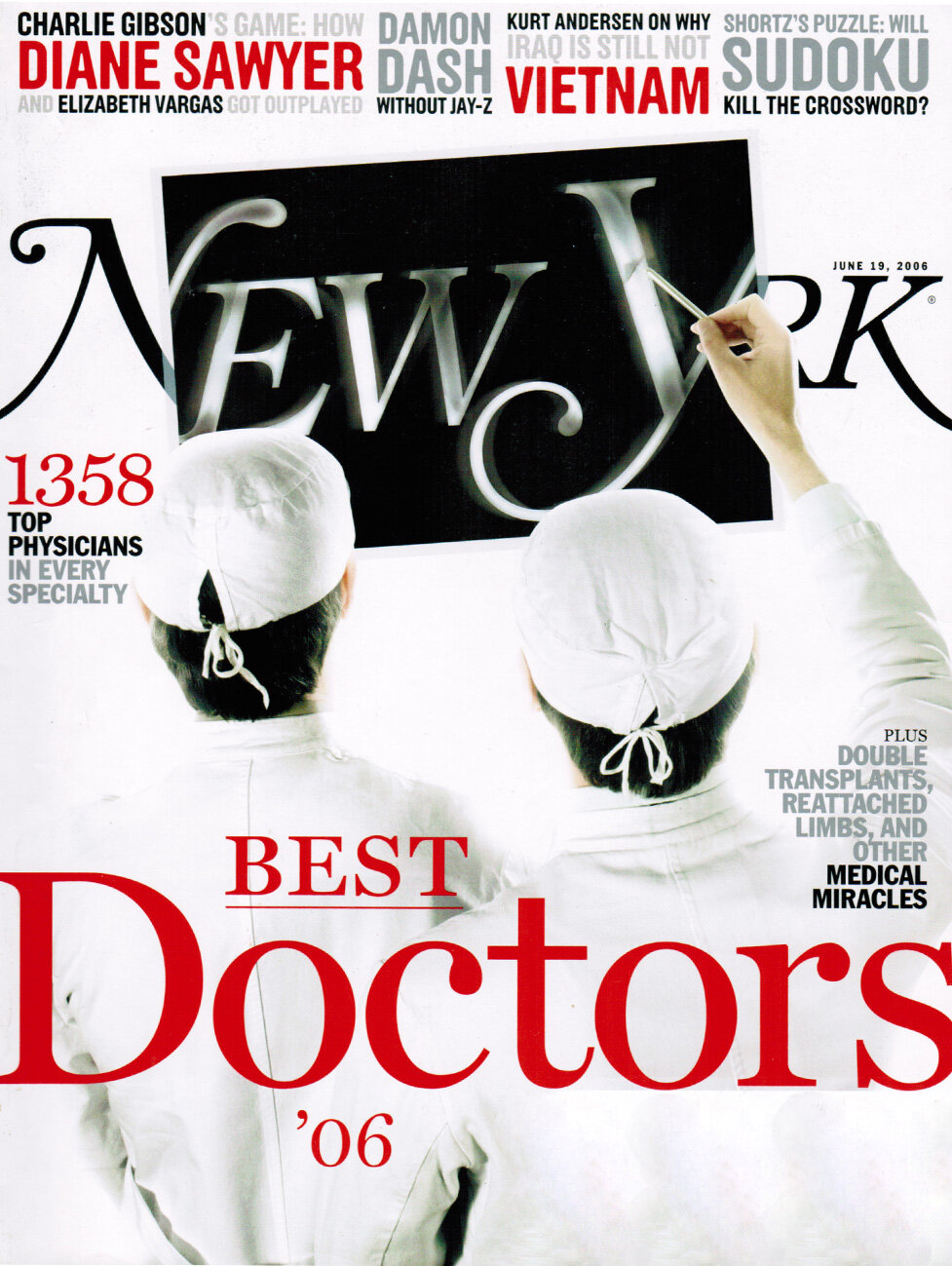
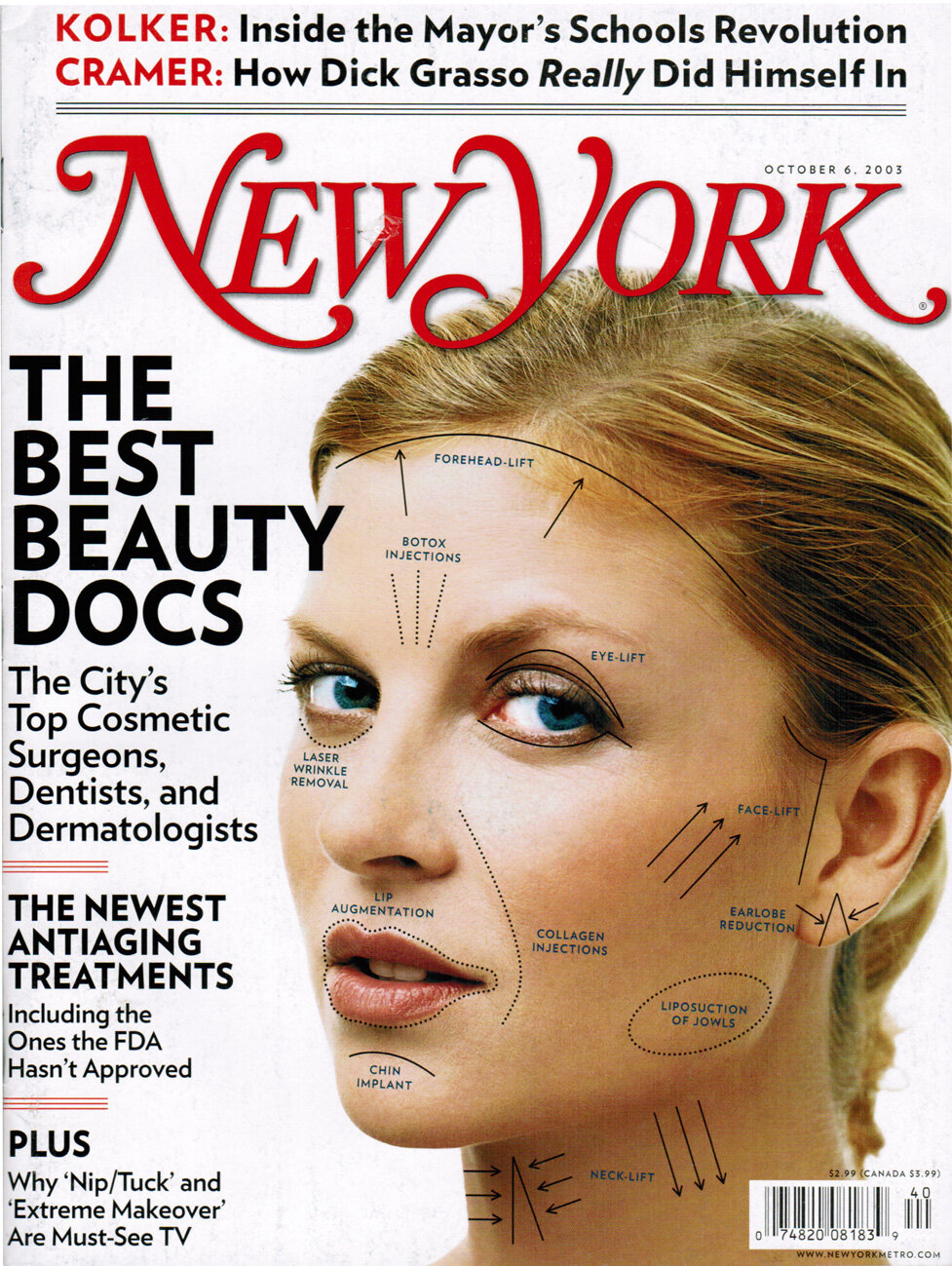
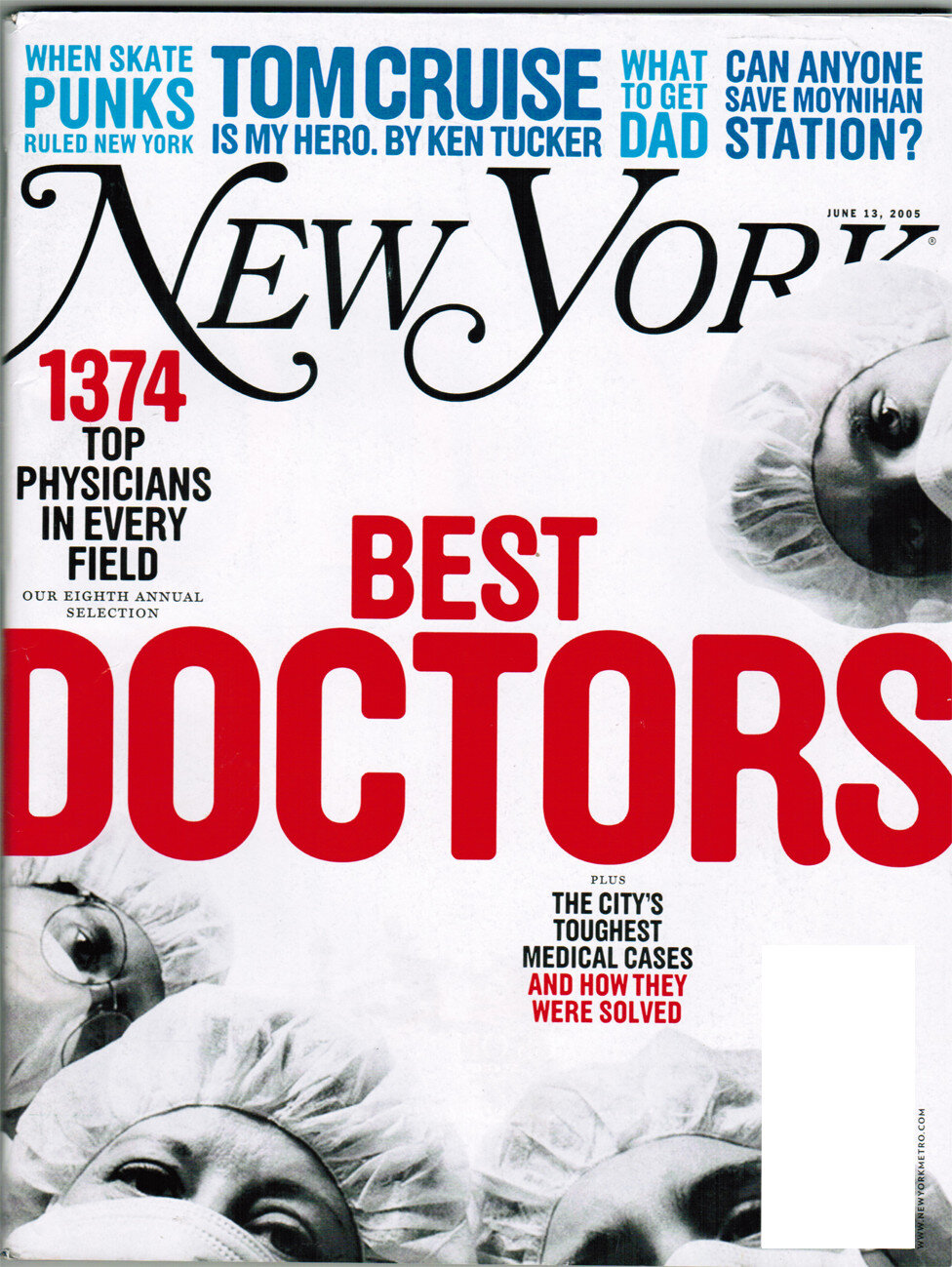
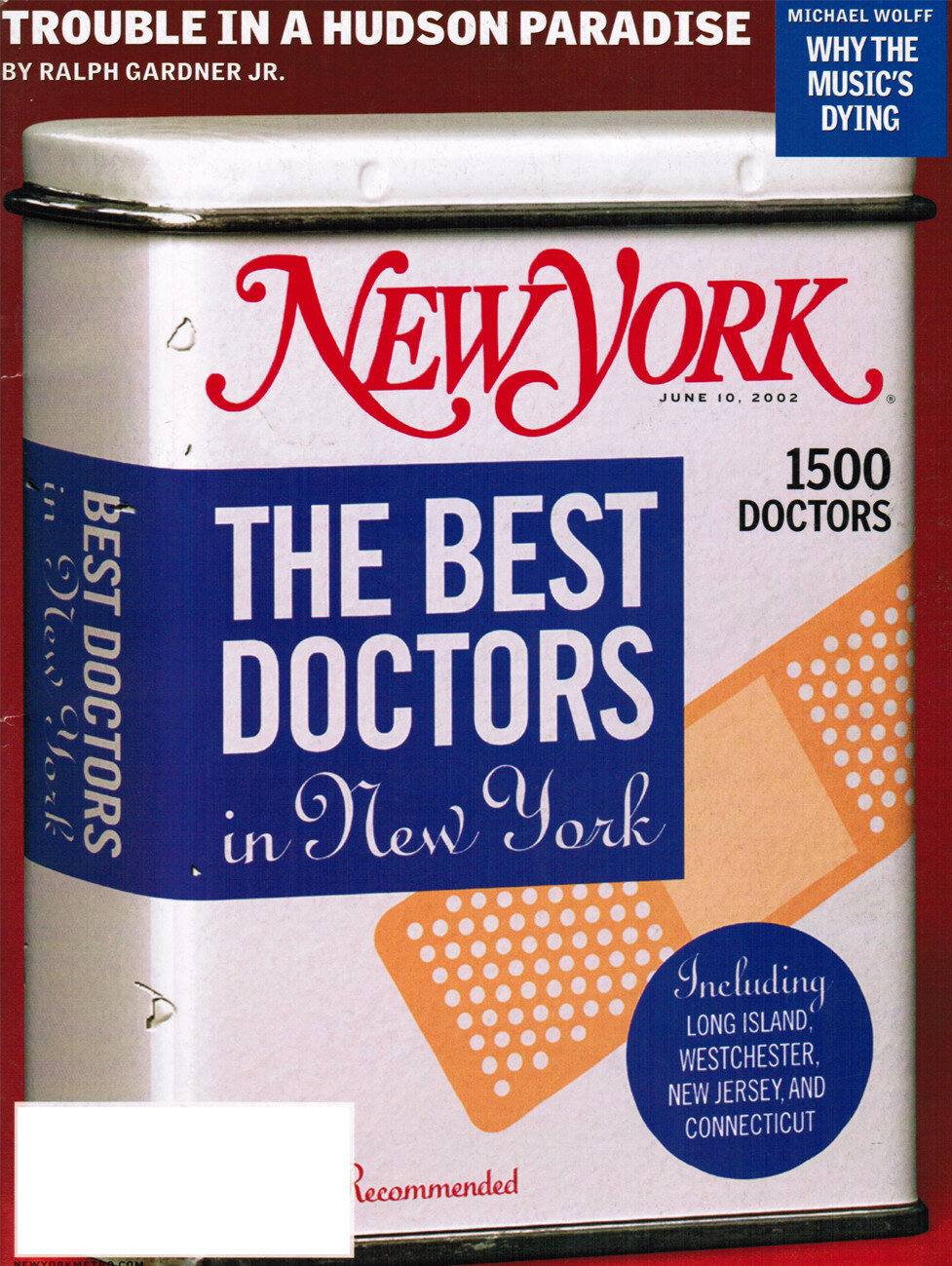
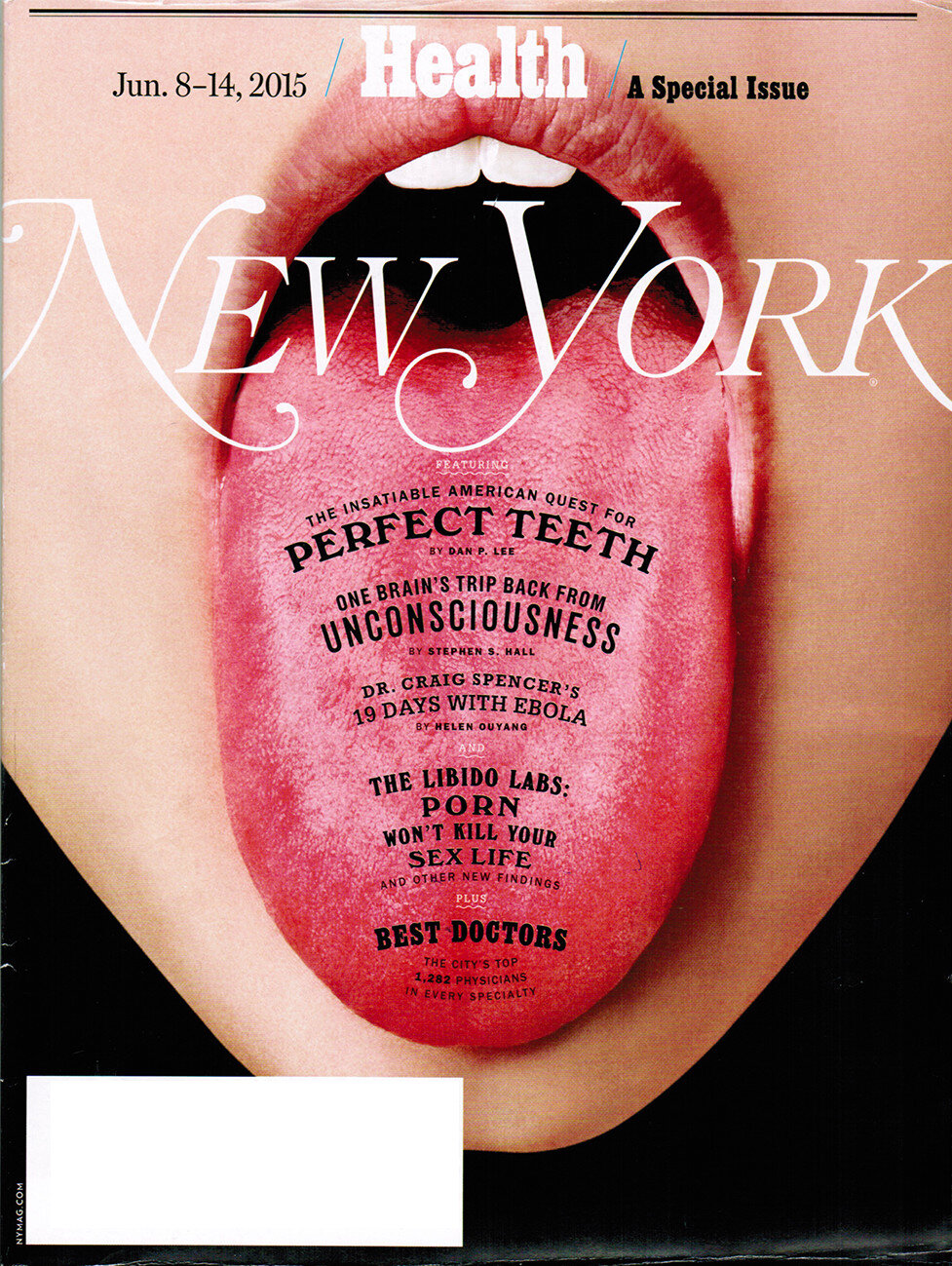
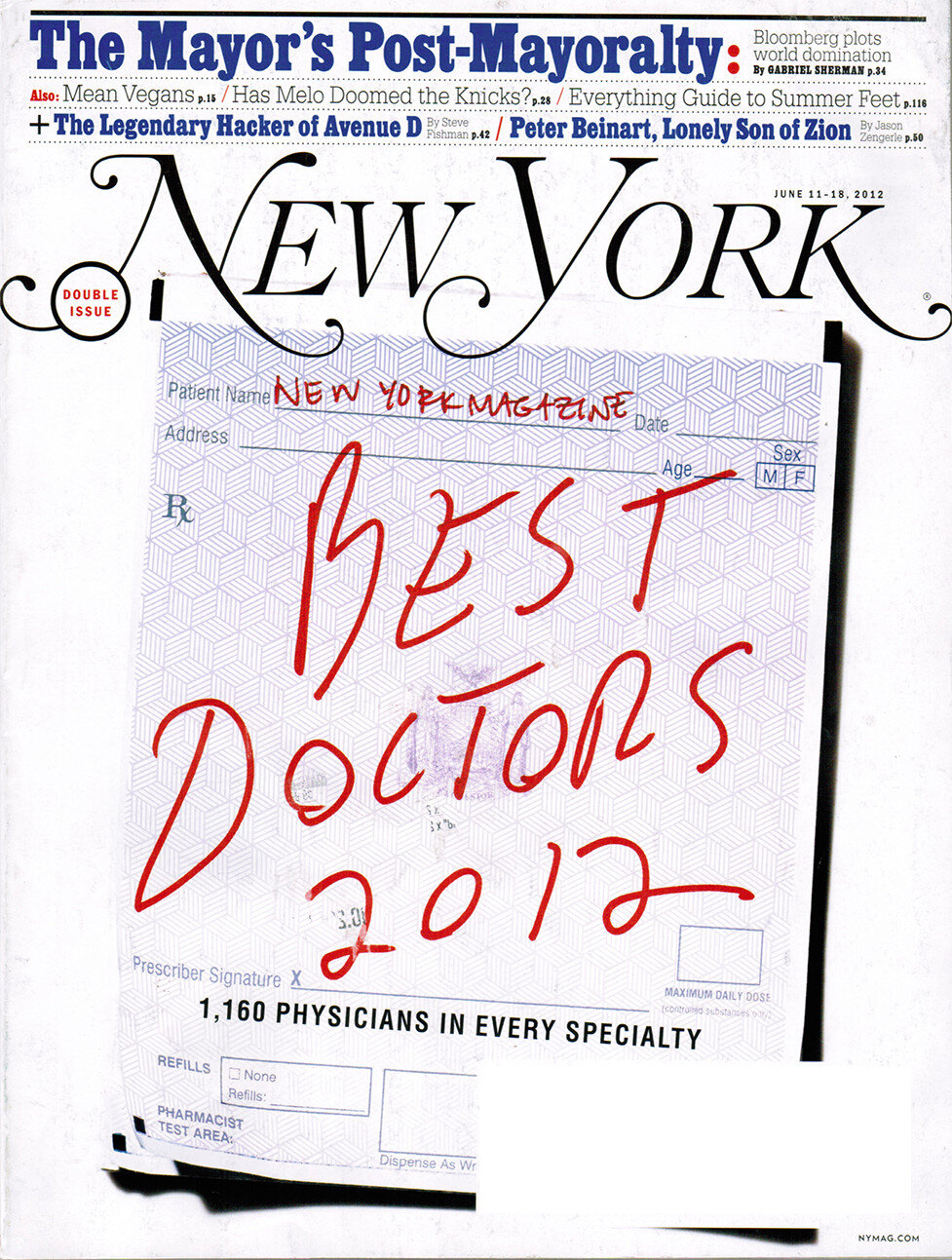
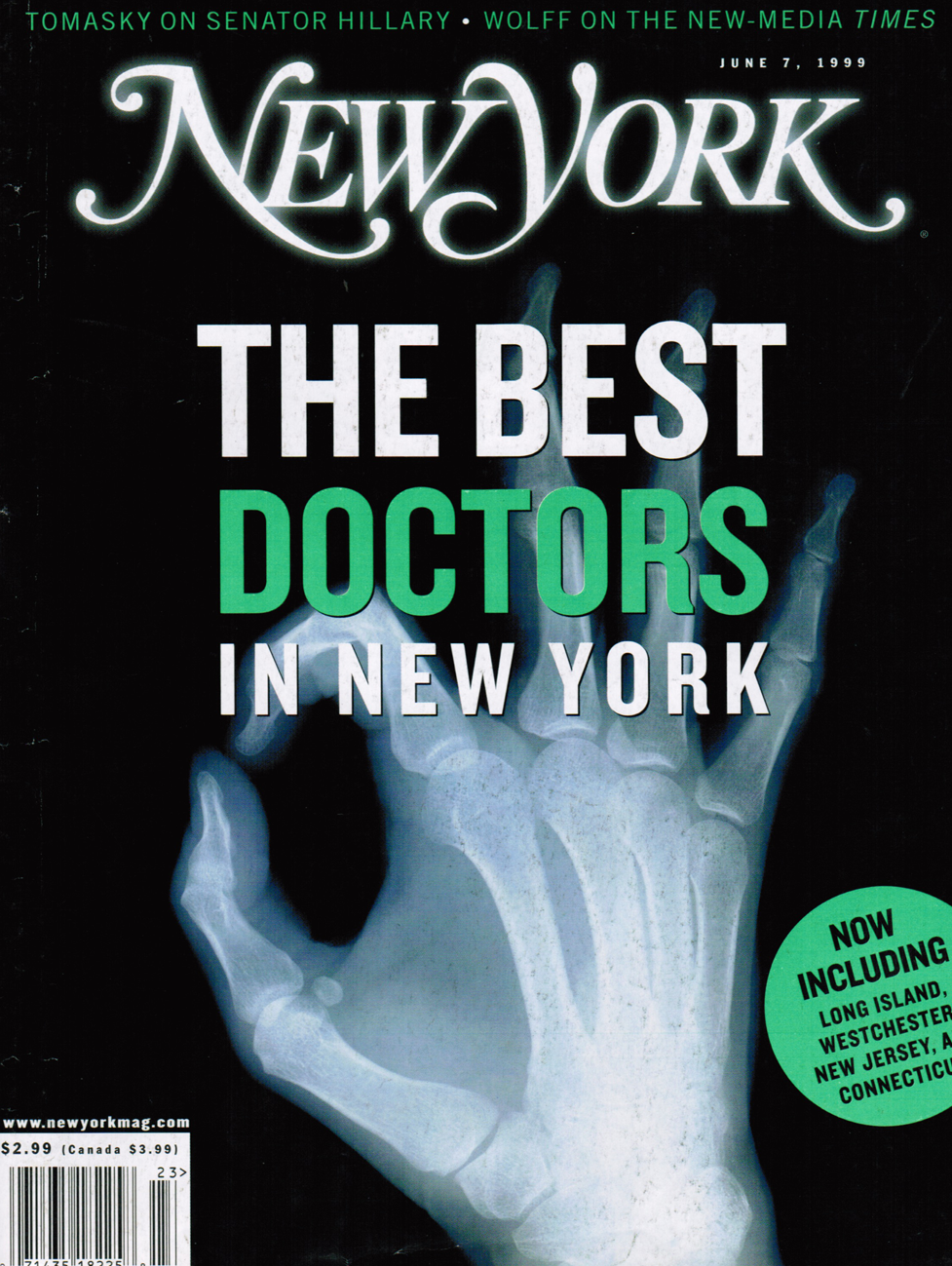
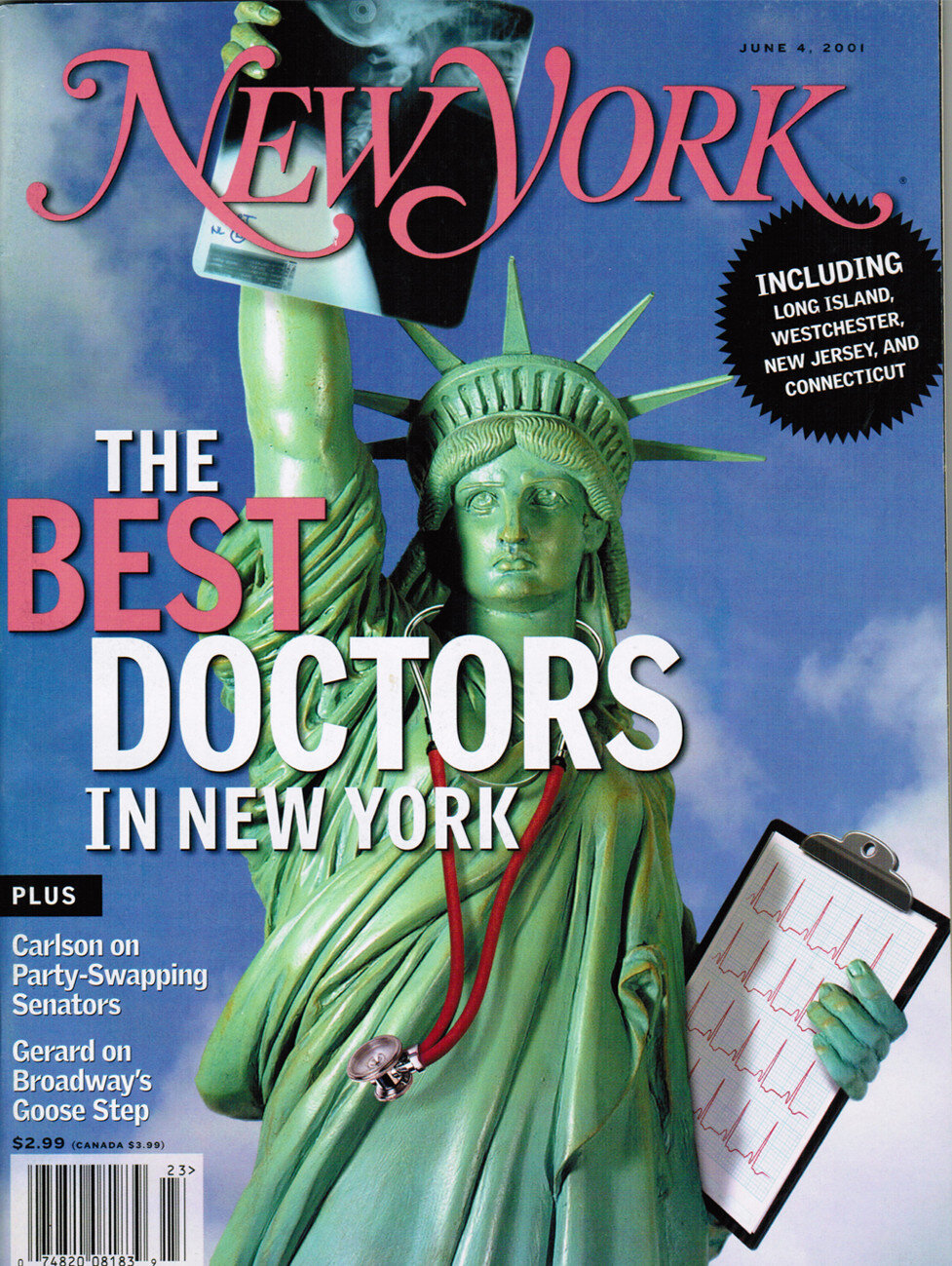
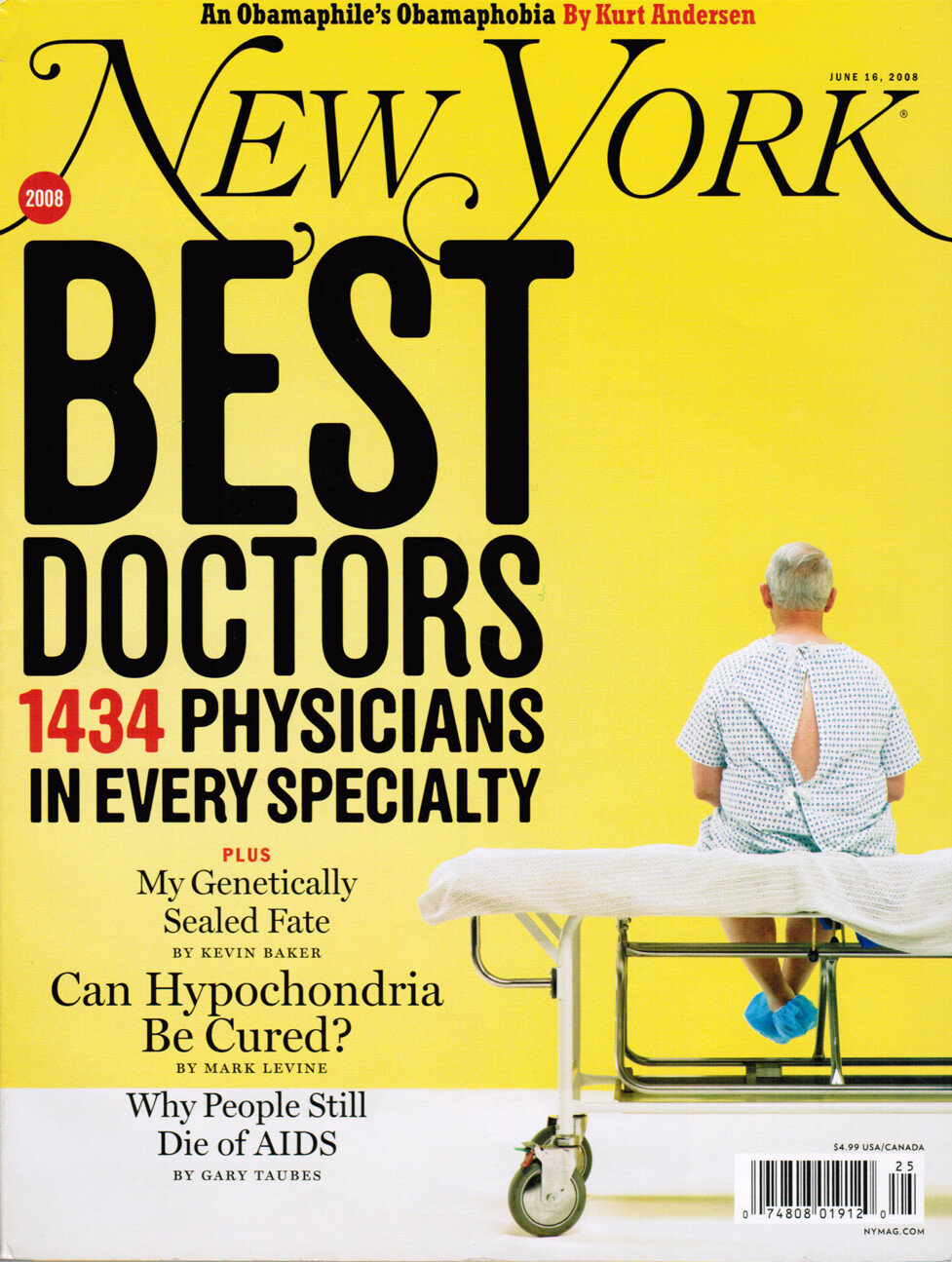
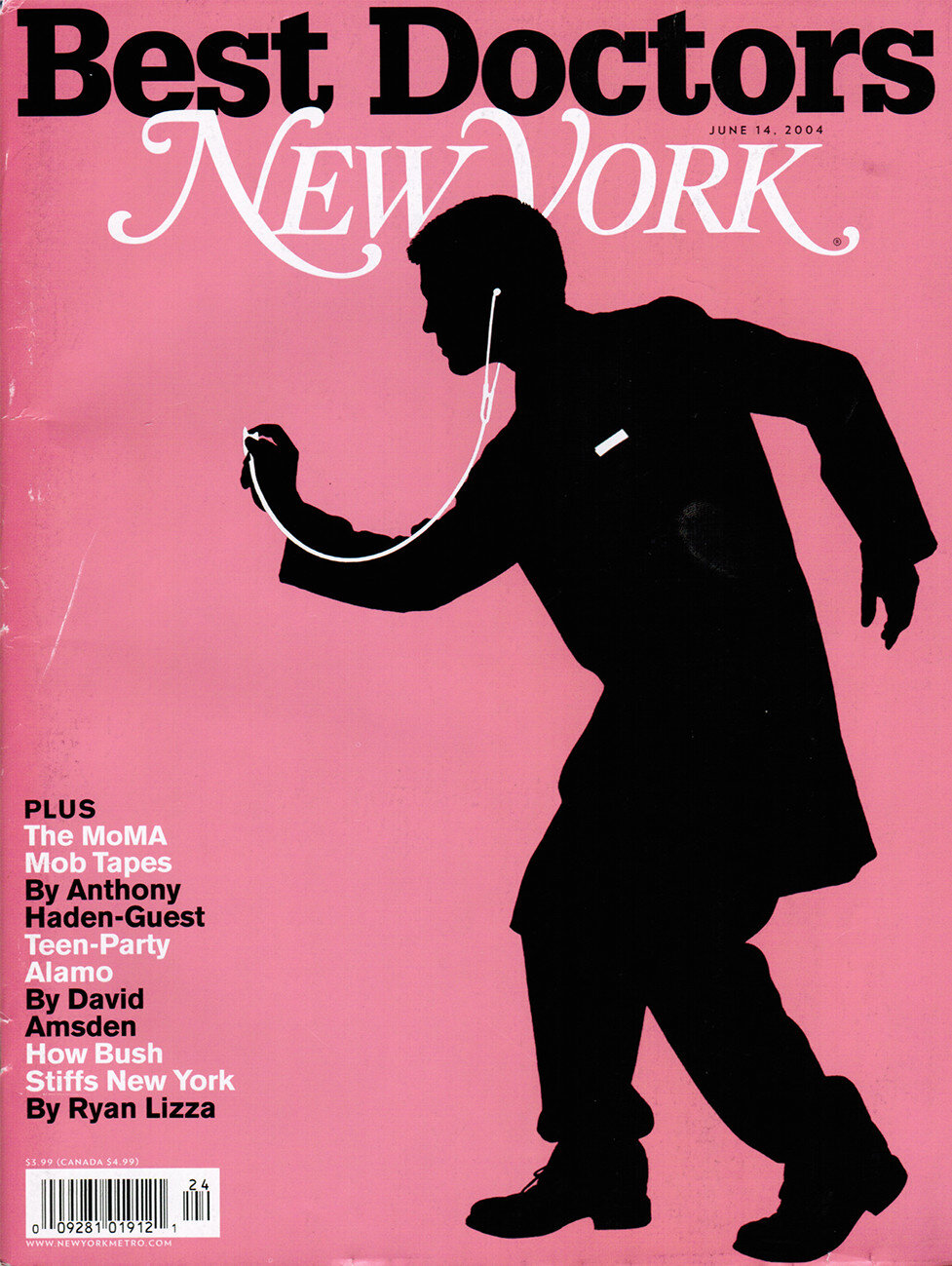
See what our patients are saying…
“He fixed my deviated septum and gave me a natural looking nose that I was happy to look at in the mirror.”
— Nicole Vigliotti
“Dr. Tobias is a highly professional and skilled rhinoplasty specialist who performed a closed rhinoplasty on my nose and both of my teenaged children.”
— Maria Stavropoulos
“Dr, Tobias is an expert who stands by his work. He just moved to a beautiful office but still has remained a hometown doctor.”
— Ali Blech
“You have performed a miracle for me physically, emotionally and financially. My nose looks great!”
— Irina K.
“Your magic is far stronger than these “red ruby slippers”. My nose is truly a work of art.”
— Lauren C.
“My son has become a NEW PERSON!!! I cannot tell you how much his life has changed!!…"”





